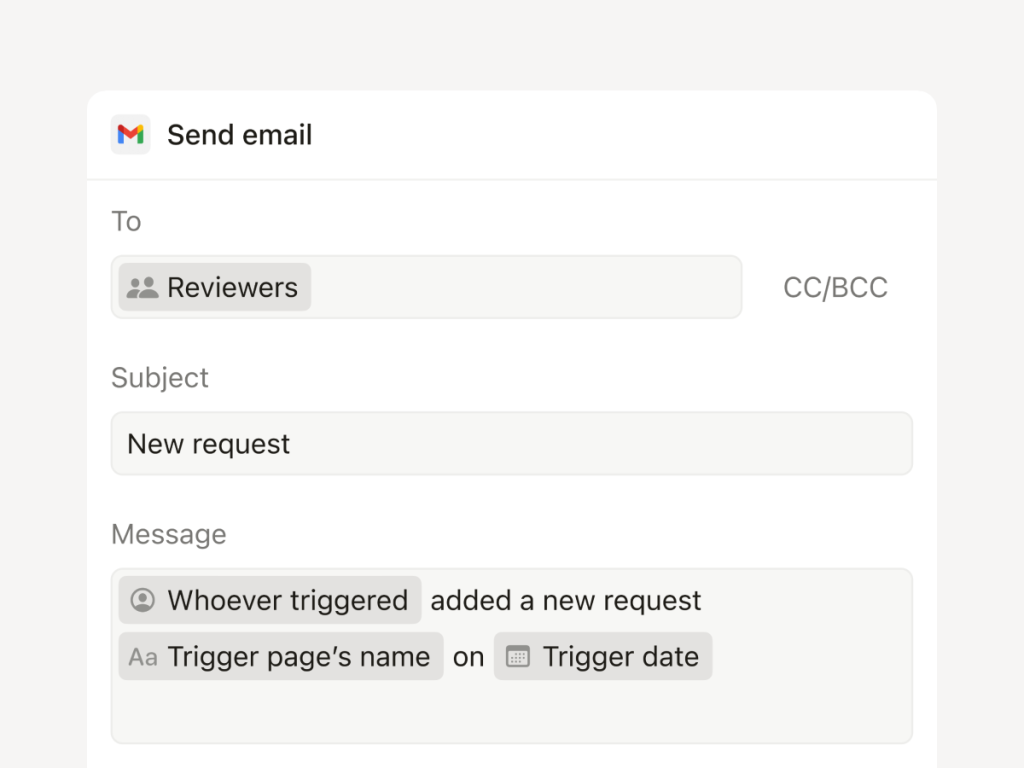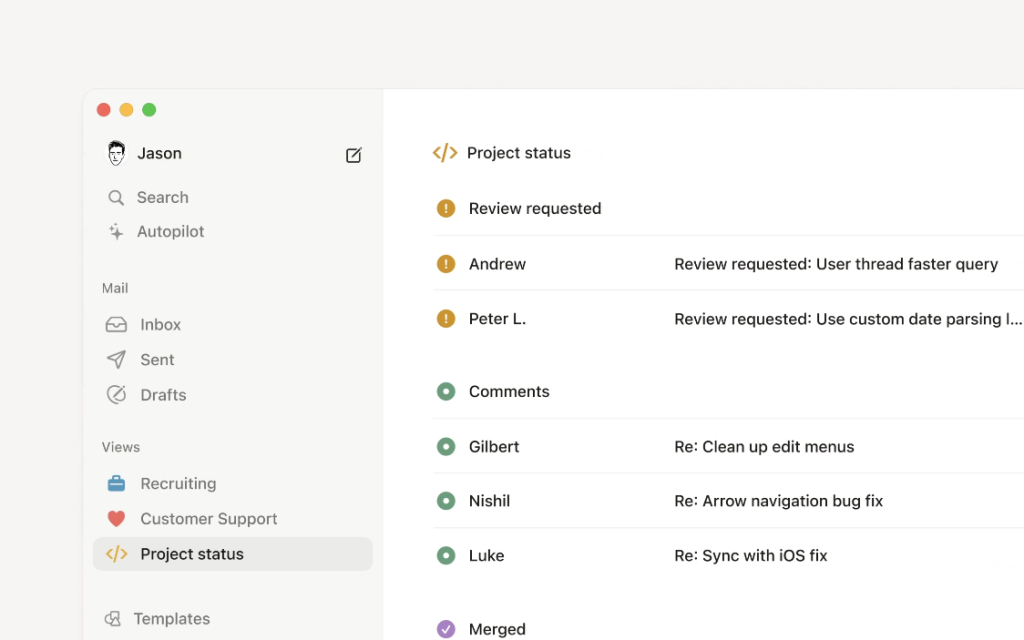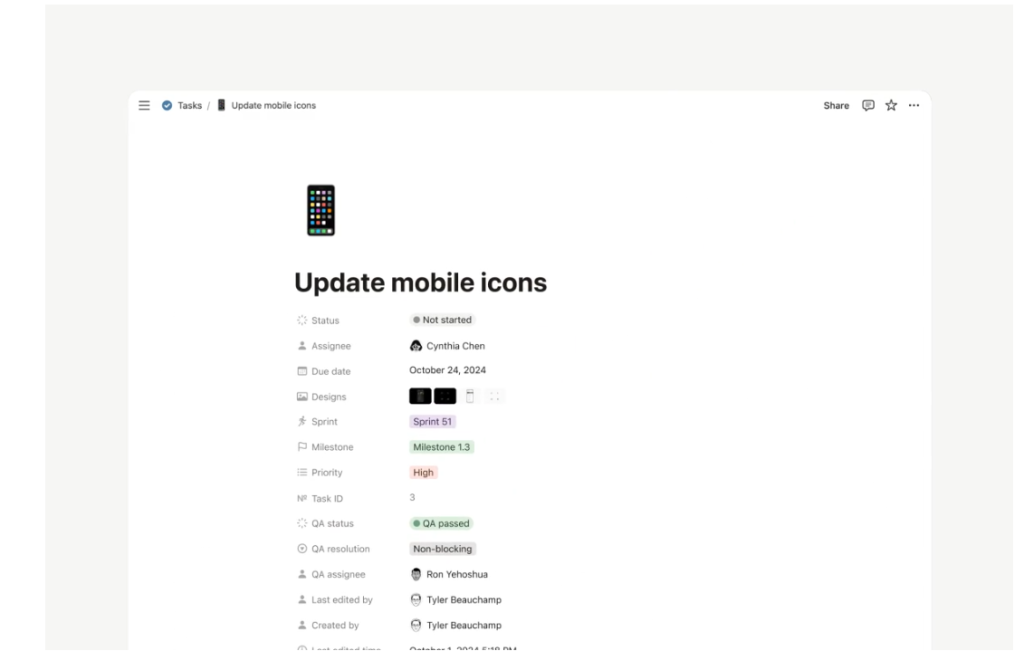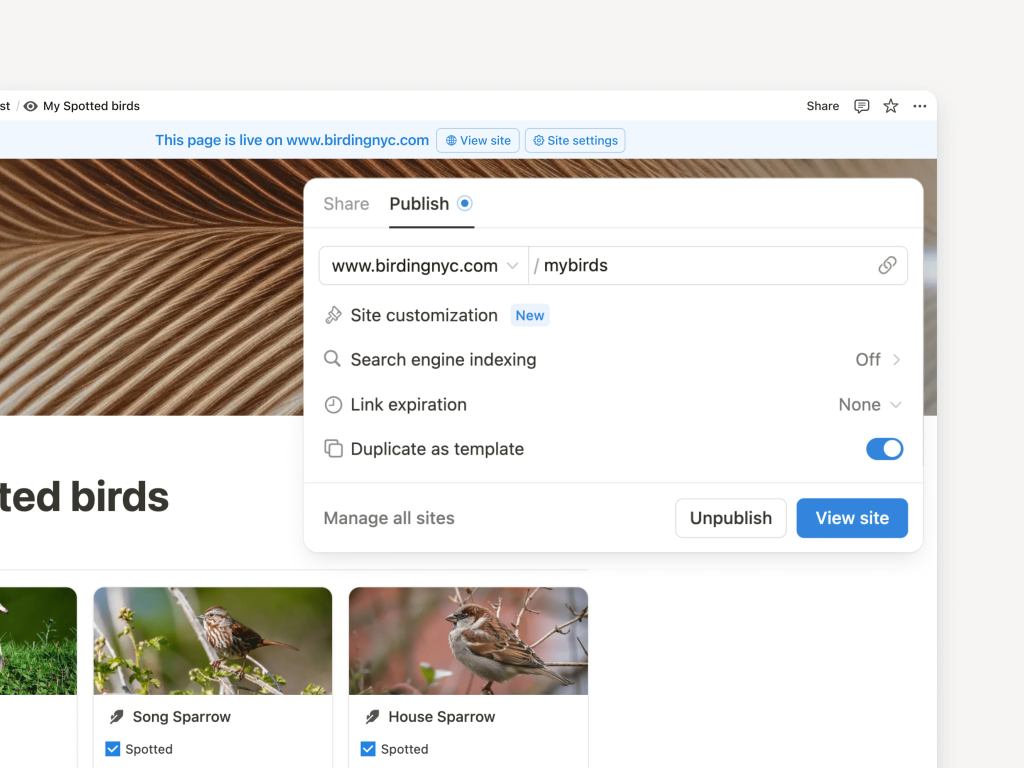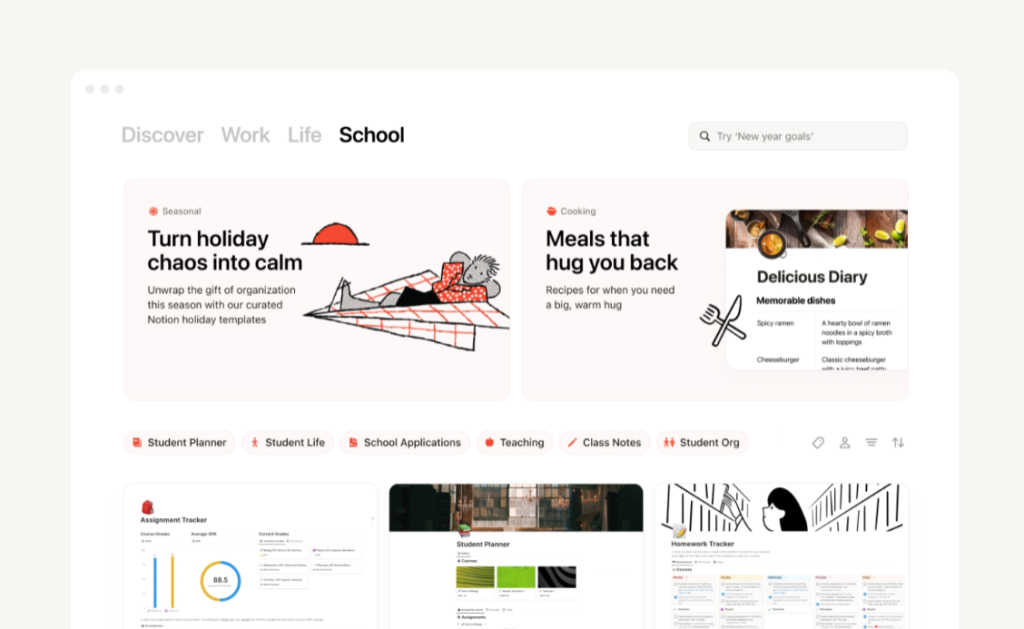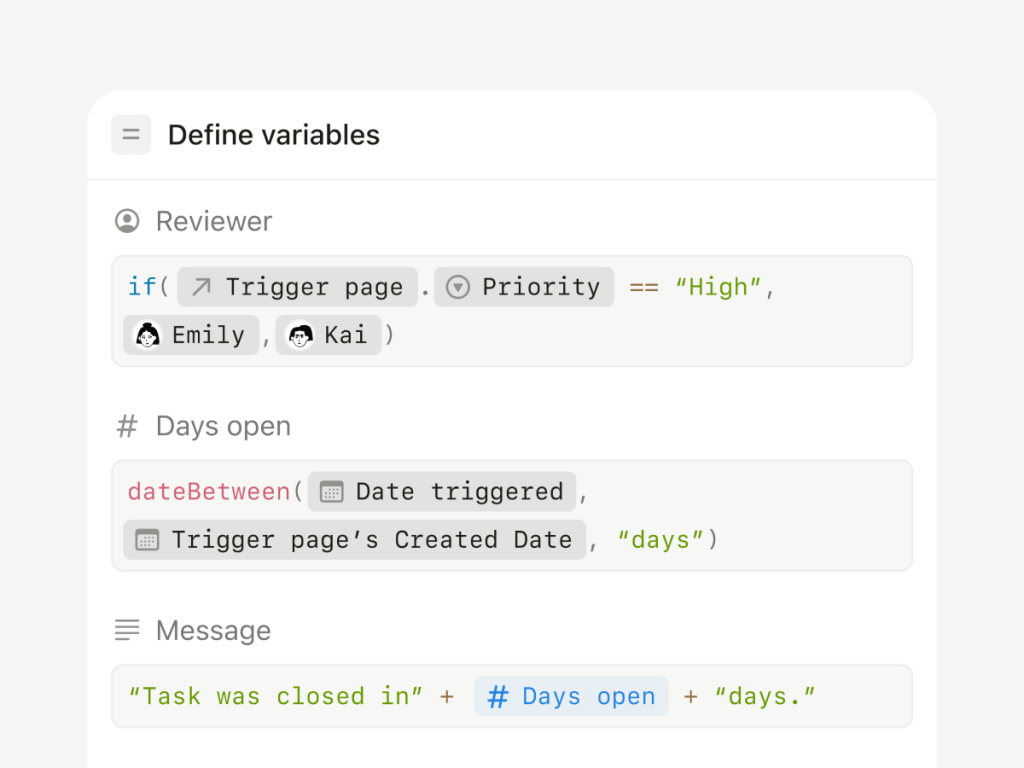Hey there, fellow huberman fans! If you’ve ever wondered how Dr. Andrew Huberman keeps his brain sharp, his energy levels high, and his sleep on point, you’re in the right place. In this “supplements Huberman takes” guide, we’re diving deep into the stack that powers one of the coolest neurobiologists on the planet. So, grab your favorite green smoothie (skip the AG1), and let’s get into the nitty-gritty of Huberman’s supplement game.
Yes, we know he pushes Momentous Brand for the majority of these items, but we think this is mainly because he has financial stake in the company. Momentous also happens to be very expensive, so we’re providing more budget friendly options in this list. No need to break the bank in order to stay on top of your supplement game!
DISCLAIMER: Just a heads-up: I’m not a doctor, medical professional, or a health guru in a lab coat. I’m simply chronicling the supplements that Dr. Andrew Huberman has mentioned he takes. This article is not a recommendation to start taking any of these products. All information is provided at your own risk. Always consult with a physician before adding any supplements, drugs, or new products to your routine. Keep in mind that many of these supplements are not FDA approved and could be dangerous if taken in the wrong dosages or if you have unknown sensitivities. Stay safe and make informed decisions!
Why These Supplements? They’re affordable and their reviews aren’t fake, according to FakeSpot
Alright, fellow Huberman enthusiasts, here’s the scoop: I didn’t just pull these supplements out of thin air. Nope, I took each one that Dr. Huberman swears by and looked for the most affordable brands that still held up in the review department. I scoured the market to find the best bang for your buck, making sure affordability was on point. But wait, there’s more! To keep things legit, I used Fakespot’s Fake Review plugin to vet each product. Spoiler alert: every single one on this list snagged an A or B rating, meaning their reviews are from real, honest customers—not just some sneaky folks getting paid to rave. So, you can trust that these supplements are both wallet-friendly and genuinely loved by users. Cheers to making informed, savvy choices without breaking the bank!
1. Base Supplements for a Solid Foundation
Vitamin D: The Sunshine Pill
Vitamin D is like that reliable friend who’s always there when you need a boost. Huberman takes between 5,000 to 10,000 IU daily to keep his immune system strong and his mood elevated. Think of it as your daily dose of sunshine, minus the sunburn.
Huberman Dosage: 5,000 to 10,000 IU daily
Pros:
- Mood Booster: Helps keep those winter blues at bay.
- Immune Support: Keeps your defenses strong against pesky viruses.
Cons:
- Overdosage Risk: Too much D can be as bad as too little. Balance is key!
Vitamin K2: Heart Health Hero
Huberman doesn’t stop at Vitamin D. He adds Vitamin K2 to his regimen to ensure calcium goes where it’s supposed to—into your bones, not your arteries. Because who needs calcium in the wrong places?
Huberman Dosage: 100 to 200 micrograms (mcg) of Vitamin K2 per day
Pros:
- Bone Strength: Keeps your bones as strong as your morning coffee.
- Cardiovascular Health: Prevents calcium from clogging up your arteries.
Cons:
- Supplement Synergy: Needs to be taken with Vitamin D for maximum benefits.
2. Supplements for Boosting Testosterone
Tongkat Ali: The Libido Lifter
I’d be careful with this one, as when I took it, I experienced some strange emotional symptoms which I will get into later in another post. At 400 mg daily, Tongkat Ali is Huberman’s secret weapon for maintaining healthy testosterone levels. It’s like giving your body a little extra pep in its step.
Huberman Dosage: 400 mg daily
Pros:
- Testosterone Boost: Helps increase testosterone naturally.
- Stress Resilience: Enhances your ability to handle stress.
Cons:
- Mild Stimulant: Can cause a slight increase in energy levels, so timing is everything.
- Weird Side Effects: This will affect your hormone levels, so proceed with caution and always consult a physician before taking any supplement.
Fadogia Agrestis: The Cycle Champ
Taking between 400 to 600 mg daily, cycled, Fadogia Agrestis helps keep Huberman’s testosterone levels in check without going overboard.
Huberman Dosage: 400 – 600 mg daily / CYCLED, one day on, one day off
Pros:
- Testosterone Support: Encourages natural testosterone production.
- Energy Enhancement: Gives a subtle energy lift.
Cons:
- Human Data Limited: Most studies are on animals, so human effects are still being studied.
Zinc: The Essential Mineral
Zinc is crucial for healthy testosterone levels, and Huberman ensures he gets his daily dose.
Huberman Dosage: 15 mg daily
Pros:
- Hormone Regulation: Supports testosterone production.
- Immune Boost: Keeps your immune system in top shape.
Cons:
- Overconsumption: Too much zinc can interfere with copper absorption.
Boron: The Mineral Marvel
Taking 2 to 4 mg daily, Boron helps Huberman maintain optimal testosterone levels and bone health.
Huberman Dosage: 2 to 4 mg daily
Pros:
- Testosterone Enhancement: Supports healthy testosterone levels.
- Bone Health: Strengthens your skeletal system.
Cons:
- Supplement Quality: Ensure you’re getting a high-quality Boron supplement to avoid contaminants.
3. Supplements for Enhancing Sleep Quality
Magnesium L-Threonate: The Relaxation Rock
At 140 mg daily, Magnesium L-Threonate helps Huberman relax and achieve quality sleep by supporting GABA receptors in the brain.
Huberman Dosage: 140mg daily
Pros:
- Sleep Quality: Enhances deep sleep stages.
- Cognitive Function: Supports brain health and memory.
Cons:
- Digestive Comfort: Some users might experience mild digestive upset.
- Anxiety: A small number of Amazon reviews mentioned feeling anxious at night after taking this, but we’re talking a VERY small number.
Theanine: The Calming Companion
Huberman takes 100-300 mg of Theanine to promote relaxation without drowsiness. It’s like the chill pill that actually works.
Huberman Dosage: 100 – 300mg daily
Pros:
- Relaxation: Promotes a calm mind.
- Focus: Enhances focus without the jitters.
Cons:
- Dosage Variability: Finding the right dose can be a bit trial and error.
Apigenin: The Chamomile Champion
At 50 mg daily, Apigenin helps Huberman wind down by binding to GABA receptors, promoting relaxation and sleep.
Huberman Dosage: 50mg daily
Pros:
- Anxiety Reduction: Helps reduce anxiety levels.
- Sleep Induction: Aids in falling asleep faster.
Cons:
- Limited Research: More human studies needed to confirm all benefits.
Inositol: The Serotonin Supporter
Occasionally taking 900 mg of Inositol, Huberman uses it to regulate serotonin levels, improving sleep quality and mood.
Huberman Dosage: 900mg daily
Pros:
- Mood Regulation: Supports serotonin pathways.
- Sleep Improvement: Enhances overall sleep quality.
Cons:
- Supplement Timing: Needs to be taken at the right time to maximize benefits.
GABA & Glycine: The Occasional Enhancers
Sometimes, Huberman adds GABA (100 mg) and Glycine (2 grams) to his sleep stack for an extra boost of relaxation.
Huberman Dosage: GABA: 100mg, Glycine: 2000mg or 2g
Pros:
- Immediate Relaxation: Promotes quick relaxation before bed.
- Sleep Quality: Enhances deep sleep stages.
Cons:
- Occasional Use: Not intended for daily use, so consistency can be an issue.
4. Supplements for Boosting Mental Sharpness and Focus
Alpha-GPC: The Cognitive Catalyst
Taking 300 mg of Alpha-GPC, Huberman supports his cognitive functions and memory.
Huberman Dosage: 300mg 3-5 times per week
Pros:
- Memory Enhancement: Boosts memory and learning capabilities.
- Focus Improvement: Enhances overall mental clarity.
Cons:
- Cost: Can be more expensive than other choline sources.
L-Tyrosine: The Stress Fighter

At 500 mg, L-Tyrosine helps Huberman maintain focus and combat stress during high-pressure situations.
Huberman Dosage: 500 – 1000mg very occasionally (1x per week maximum)
Pros:
- Stress Reduction: Helps manage stress levels.
- Mental Clarity: Enhances focus and concentration.
Cons:
- Tolerance Building: Long-term use may require cycling to maintain effectiveness.
Phenylethylamine (PEA): The Mood Booster
Occasionally taking 500 mg of PEA, Huberman uses it to elevate his mood and enhance focus.
Huberman Dosage: 500 mg of PEA occasionally, about once a week or once every 2 weeks
Pros:
- Mood Enhancement: Boosts dopamine levels, improving mood.
- Focus Support: Helps maintain mental sharpness.
Cons:
- Short-Lived Effects: The effects can be fleeting, requiring frequent dosing.
5. Supplements for Maintaining Good Cognitive Function
Omega-3 Fatty Acids: The Brain Food
Consuming 2-3 grams of EPA daily, Huberman supports his brain health and cognitive functions.
Huberman Dosage: 2-3 grams of EPA daily although I’d be careful at theses amounts. There has been some emerging studies recently that show rare unfavorable results in those who take too much fish oil.
Pros:
- Brain Health: Essential for cognitive function and mental clarity.
- Inflammation Reduction: Helps reduce brain inflammation.
Cons:
- Fishy Aftertaste: Some supplements can leave an unpleasant taste.
Glutamine: The Recovery Supporter

NOW Supplements, L-Glutamine 500 mg
Huberman uses Glutamine to support his immune system and muscle recovery.
Huberman Dosage: Not specified.
Pros:
- Immune Support: Boosts the immune system.
- Muscle Recovery: Aids in muscle repair post-workout.
Cons:
- Dosage Variability: Finding the right dose can be tricky.
Creatine: The Energy Enhancer
At 5 grams daily, Creatine helps Huberman boost his cellular energy production, supporting both physical and cognitive performance.
Huberman Dosage: 5g daily
Pros:
- Energy Boost: Enhances cellular energy production.
- Cognitive Benefits: Supports brain function and memory.
Cons:
- Water Retention: Can cause mild water retention and weight gain.
- Kidney Markers: Can cause a troublesome increase in Creatinine.
6. Further Supplements Huberman Takes
Rhodiola Rosea: The Adaptogen Ace
Rhodiola Rosea helps reduce fatigue and increase endurance, making it a staple in Huberman’s regimen.
Huberman Dosage: Not specified.
Pros:
- Fatigue Reduction: Lowers perceived fatigue.
- Endurance Boost: Enhances physical and mental endurance.
Cons:
- Stimulation Effects: Can be mildly stimulating, so timing matters. I’ve personally experienced increased anxiety symptoms when taking Rhodiola.
Ashwagandha: The Stress Slayer (SKIP IT)
Huberman uses Ashwagandha to lower cortisol levels, helping him manage stress effectively. I’m actually going to recommend everyone skip this one as it can have some pretty scary side effects, some of which have been found to stick around even after you discontinue use.
Multivitamin: The Daily Defender
A daily multivitamin ensures Huberman covers all his nutritional bases, supporting overall health.
Huberman Dosage: Not specified.
Pros:
- Comprehensive Nutrition: Fills in any dietary gaps.
- Convenient: Easy way to ensure
all essential nutrients are covered.
Cons:
- Overlapping Nutrients: Risk of consuming too much of certain vitamins or minerals.
NMN: The Energy Booster
Starting mid-2022, Huberman began taking NMN to boost his energy levels and support cellular health.
Huberman Dosage: Not specified.
Pros:
- Cellular Energy: Increases NAD+ levels, enhancing cellular energy.
- Anti-Aging Benefits: May protect against various age-related conditions.
Cons:
- Cost: NMN supplements can be pricey.
- Research Stage: Long-term human studies are still ongoing.
All Products
| Supplement Name | Affordable Brand/Product | Huberman Dose | Price | Buy Link |
|---|---|---|---|---|
| Vitamin D | Nature Made Vitamin D3 2000 IU (50 mcg) | 5,000 to 10,000 IU daily | $6.17 | Buy Now |
| Vitamin K2 | NOW Foods Supplements, Vitamin K-2 100 mcg | 100 to 200 mcg daily | $9.88 | Buy Now |
| Tongkat Ali | SOLARAY Tongkat Ali 400 mg | 400 mg daily | $11.69 | Buy Now |
| Fadogia Agrestis | Nutricost Fadogia Agrestis | 400 – 600 mg daily / CYCLED, one day on, one day off | $21.95 | Buy Now |
| Zinc | Thorne Zinc Picolinate 15mg | 15 mg daily | $11.70 | Buy Now |
| Boron | Life Extension Boron 3 mg With Riboflavin (Vitamin B2) | 2 to 4 mg daily | $4.99 | Buy Now |
| Magnesium L-Threonate | N/A | 140 mg daily | $23.01 | Buy Now |
| Theanine | L-Theanine 200mg by Nature’s Trove | 100 – 300 mg daily | $9.48 | Buy Now |
| Apigenin | Swanson Apigenin Supplement | 50 mg daily | $15.74 | Buy Now |
| Inositol | NOW Foods Supplements, Inositol 500 mg | 900 mg daily | $7.95 | Buy Now |
| GABA & Glycine | THORNE PharmaGABA-100, NOW Foods Supplements, Glycine | GABA: 100mg, Glycine: 2000mg or 2g | $27.55, $8.95 | GABA Glycine |
| Alpha-GPC | Alpha GPC Choline Brain Supplement for Acetylcholine | 300mg 3-5 times per week | $19.74 | Buy Now |
| L-Tyrosine | NOW Foods Supplements, L-Tyrosine 500 mg | 500 – 1000mg very occasionally (1x per week maximum) | $9.79 | Buy Now |
| Phenylethylamine (PEA) | Nutricost L-Phenylalanine 500mg | 500 mg occasionally, about once a week or once every 2 weeks | $12.95 | Buy Now |
| Omega-3 Fatty Acids | THORNE Super EPA | 2-3 grams of EPA daily | $38.00 | Buy Now |
| Glutamine | NOW Supplements, L-Glutamine 500 mg | Not specified | $9.78 | Buy Now |
| Creatine | BulkSupplements.com Creatine Monohydrate Powder | 5g daily | $20.96 | Buy Now |
| Rhodiola Rosea | THORNE Rhodiola | Not specified | $17.00 | Buy Now |
| Multivitamin | Nature Made Multivitamin | Not specified | $12.19 | Buy Now |
| NMN | N/A | Not specified | $45.18 | Buy Now |
DISCLAIMER: Just a heads-up: I’m not a doctor, medical professional, or a health guru in a lab coat. I’m simply chronicling the supplements that Dr. Andrew Huberman has mentioned he takes. This article is not a recommendation to start taking any of these products. All information is provided at your own risk. Always consult with a physician before adding any supplements, drugs, or new products to your routine. Keep in mind that many of these supplements are not FDA approved and could be dangerous if taken in the wrong dosages or if you have unknown sensitivities. Stay safe and make informed decisions!
Conclusion: Supercharge Your Health with Huberman’s Supplements
There you have it—the supplements Huberman takes to keep his brain sharp, his body energized, and his sleep rejuvenated. While Huberman’s regimen is tailored to his unique physiology and goals, many of these supplements can be beneficial for anyone looking to optimize their health and performance. Remember, before starting any new supplement routine, it’s always best to consult with a healthcare professional to ensure it’s right for you.
Keep the Knowledge Flowing!
Loved uncovering the supplements Huberman swears by? Don’t stop now! Dive into our Huberman & Galpin: Unpacking their Six Part Guest Series article to explore even more insights and fascinating discussions from these incredible minds. It’s like the sequel you didn’t know you needed—packed with wisdom, wit, and a few surprises along the way. Trust me, your brain will thank you!






















